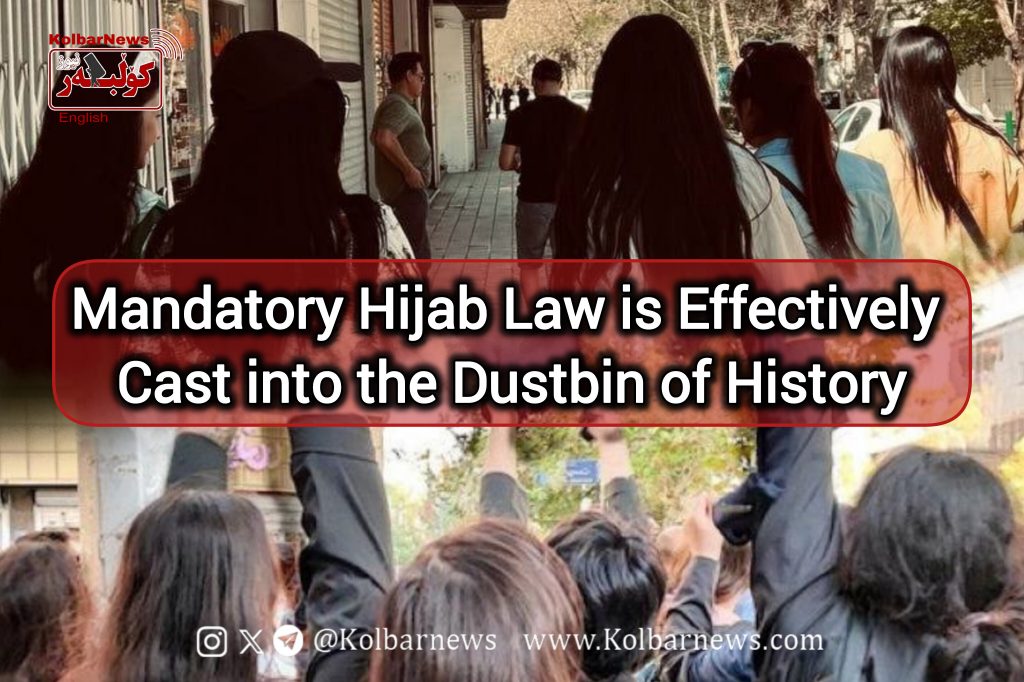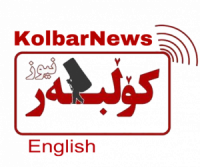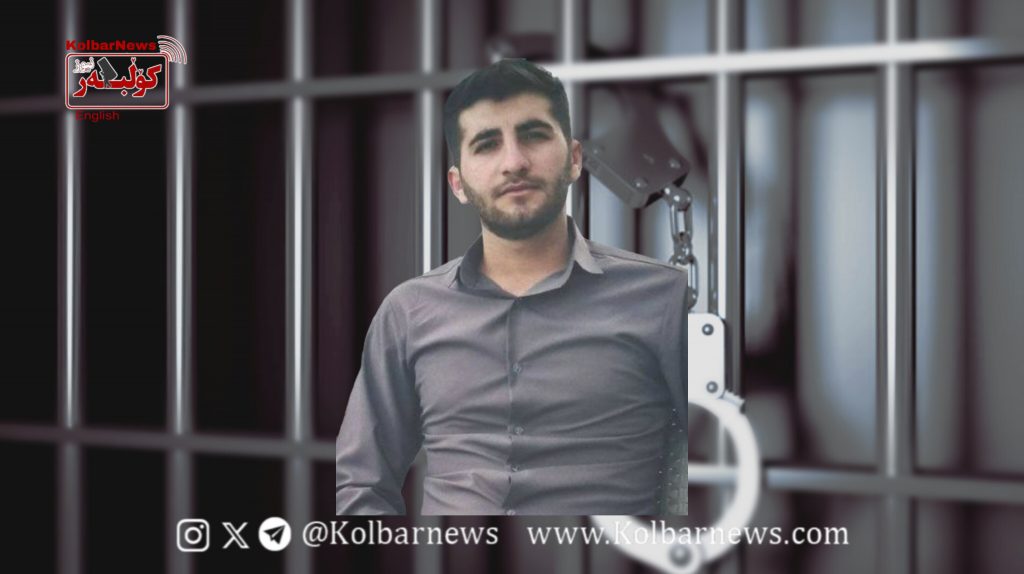
On Monday, January 13th, the Minister of Culture and Islamic Guidance held a press conference with handpicked reporters. During the session, a journalist asked about the mandatory hijab law. The minister replied that the law had been delayed and a replacement bill was under discussion. He emphasized that the Public Culture Council would continue with its previous directives until a new path whether a bill or new parliamentary law was determined.
On the same day, two well known women’s movement activists, Sedigheh Vasmaghi and Narges Sotoudeh, issued a statement. They described the hijab law as disgraceful and demanded its repeal. They argued that achieving a democratic Iran, where people control their own destiny, requires a robust civil society capable of fully pursuing its demands. Declaring the law invalid, they emphasized the importance of female athletes participating without hijab in international competitions and events, viewing this as a significant symbol of Iranian women’s victory. The two activists wrote: “We expect Iran’s sports community, especially male athletes, to stand alongside female athletes to eliminate all restrictions, including the removal of mandatory hijab.”
The now defunct hijab law has become a battlefield between the majority of Iranian people and the hardline core of power on one side, and so called liberal reformists on the other. Meanwhile, a third front the rising and powerful movement of freedom seeking and combatant people has emerged. Pressure from this movement has led all factions of reformists to consider the hijab law unenforceable. Even the government of Masoud Pezeshkian has declared it unimplementable and seems poised to propose an alternative. It appears that this law, described by the Interior Minister as a “bill” rather than a law, has been referred to the Supreme National Security Council. However, the hardline core of power continues its efforts to impose Islamic dress and hijab as symbols of its authority over society. Yet this endeavor is akin to hammering a nail into iron. Courageous women and freedom loving men, who form an overwhelming majority, have moved beyond the hijab law and are pursuing victories in new arenas.
The women’s movement, as part of the revolutionary uprising of “Woman, Life, Freedom,” has directly challenged the authority of the ruling powers through acts such as burning headscarves, dancing in the streets, and publicly removing turbans. Today, in the continuation of the “Jina” revolutionary movement, fighting women and those who choose to dress freely are targeting patriarchy and political Islam. They have worked to weaken male dominance by imposing, to some extent, the right to divorce in society. By earning their own livelihoods, they have challenged the patriarchal notion that men are the sole breadwinners. Elevating women’s status and promoting equality between sons and daughters in families are other notable achievements.
There is no doubt that if the current women’s struggles continue to expand and grow, a portion of Iran’s bourgeoisie and its political representatives will be forced to accept women’s achievements in the realm of free dress and integrate them into their culture and even their laws. Free dress is a basic right that, except in Islamic governments like Iran and Afghanistan, is accepted worldwide. Thus, this stage must also be surpassed. Efforts and struggles must focus on securing the rights of working-class and underprivileged women, such as fighting to eliminate the informal labor market for women. Female workers must be granted all legal rights from which they are currently deprived. Equal opportunities for stable employment and large-scale skill development for women should be prioritized. It is essential to establish laws and worker unions that oversee and prevent employer exploitation of women.
The women’s movement, which seeks autonomy over its destiny, cannot settle for achieving the aforementioned goals alone. It must also struggle beyond this phase. Women cannot control their own destiny unless the working people of Iran also control theirs. At a time when Iranian society is on the brink of a profound transformation, with various social groups, classes, political forces, and movements striving to leave their mark, the women’s movement must not lag behind in this race.
The bourgeois Islamic regime in Iran is entangled in a web of crises and is desperately struggling to survive. This exploitative and oppressive regime should not be given the opportunity to recover. The class that has the greatest interest in burying the bourgeois ruling state in Iran is the working class.
Women and men of this class are the main allies of the women’s movement. At this stage, alongside efforts to bury the hijab law, the women’s movement must prioritize unity with the labor movement. In these circumstances, establishing a government that defends the rights of workers and the underprivileged must be on the agenda. Through such a struggle, the hijab law will find its rightful place in the dustbin of history.

